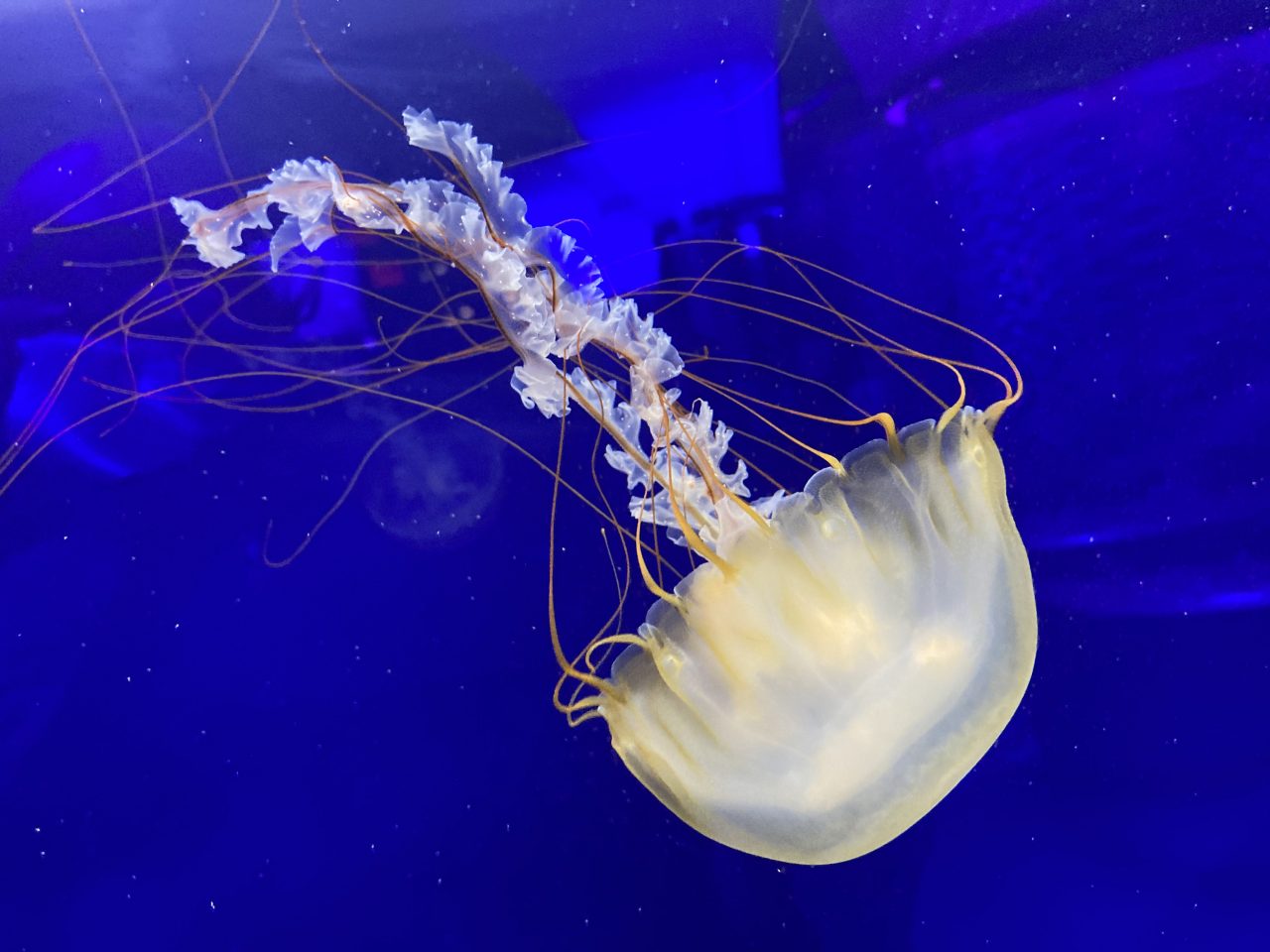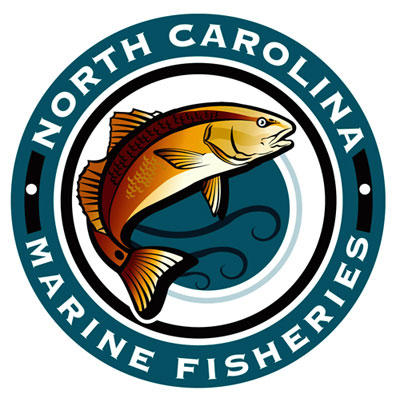
North Carolina Aquariums have joined with other members of the Aquarium Conservation Partnership to work toward climate neutrality.
The 24 institutions, which including the state aquariums at Fort Fisher, Pine Knoll Shores and Roanoke Island, along with Jennette’s Pier, will work to “leverage their outstanding legacy of leadership in conservation, science, communication, and education to realize climate solutions,” the North Carolina Department of Natural and Cultural Resources, which oversees the aquariums, announced Thursday.
Supporter Spotlight
As part of this pledge, aquarium officials say they are committing to the following actions:
- Completing an initial greenhouse gas inventory within one year of signing the commitment.
- Measuring and reporting greenhouse gas emissions annually.
- Developing an emissions reduction plan within two years of signing the commitment.
- Identifying and implementing strategies to eliminate greenhouse gas emissions from operations.
- Leveraging operational commitments to advocate for international, federal, and state climate change policies.
- Communicating the journey to achieve net-zero emissions
“The NC Aquariums have completed step one and are now focusing our efforts on steps two and three,” said Maylon White, division director, North Carolina Aquariums in a statement.
“We are working with the Verdis group to develop an emissions reduction plan. We gathered information earlier this year from our Aquarium teams through a sustainability survey; these data and our initial greenhouse gas inventory will be instrumental in developing our emissions reduction plan.” Verdis Group is a consulting firm that works with organizations to identify and implement sustainable solutions.
For decades, the global ocean has been taking the heat for climate change, absorbing more than 90% of the excess heat and nearly a third of the carbon dioxide generated by greenhouse gas emissions. The result is an ocean that is warmer, more acidic, starved of oxygen, and less habitable for fish and marine wildlife, according to the aquarium.
According to the most recent Intergovernmental Panel on Climate Change report, while the rate of emissions growth has slowed, in 2010-2019, average annual global greenhouse gas emissions were at their highest levels in human history. Without immediate and deep emissions reductions across all sectors, limiting global warming to 1.5°C is beyond reach.
Supporter Spotlight
“As leaders in conservation, aquariums are expected to walk their talk, and that’s exactly what this partnership is meant to do,” said Aquarium Conservation Partnership Executive Director Kim McIntyre. “We are uniquely qualified to set an example for others—in reducing our carbon footprint, encouraging sustainable operating practices, and inspiring hope in a public that is hungry to be part of the solution.”
Annually, the 24 Aquarium Conservation Partnership aquariums welcome more than 30 million visitors and contribute more than $22.5 billion to the U.S. economy. The aquariums’ ongoing commitment to expanding sustainable practices has already collectively eliminated more than 1 million single-use plastic bottles from landfills since 2018.







